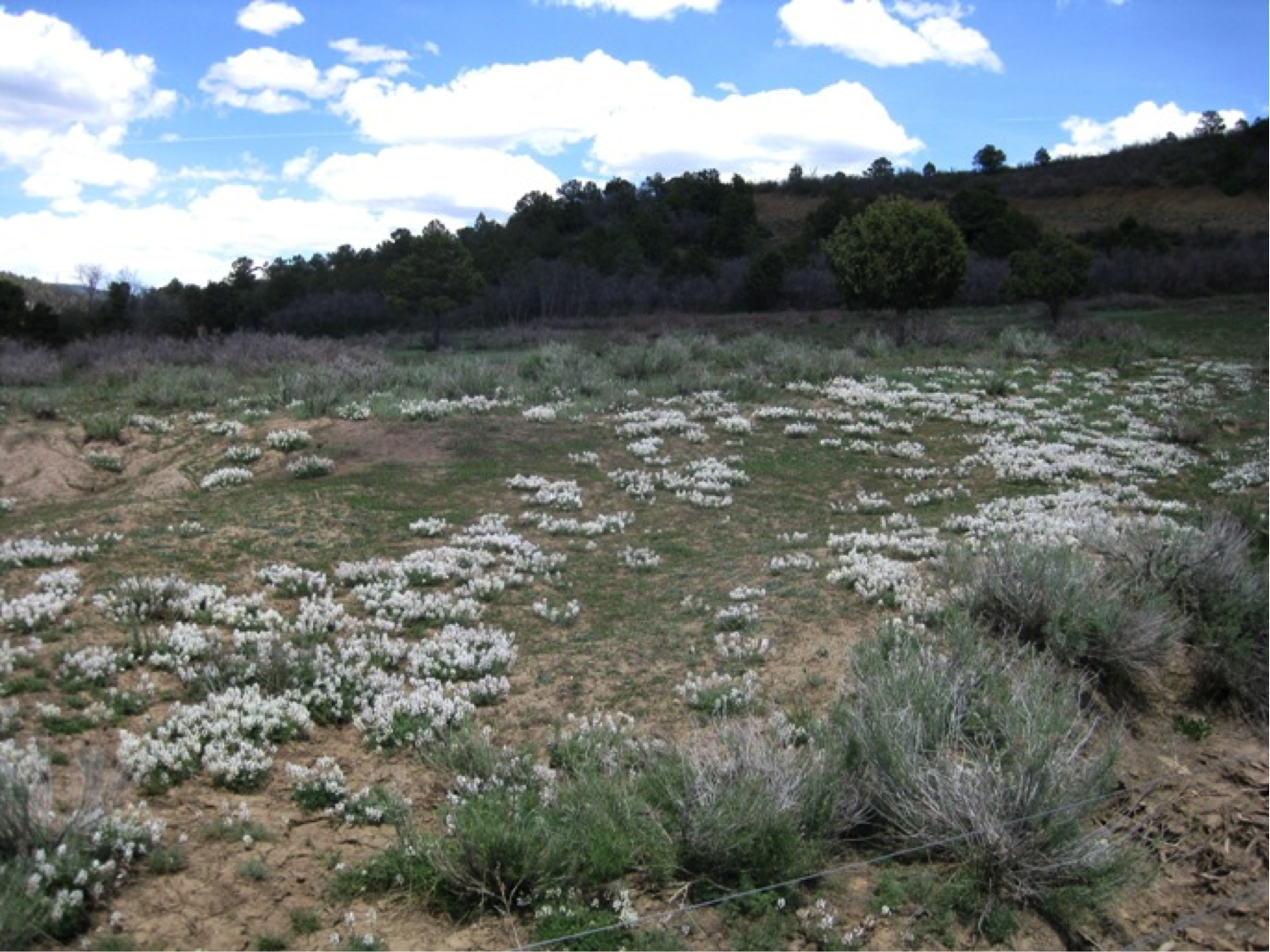Mind Altering Animals
Biology 342 Fall 2014
Adaptive, Mind-opening, or a Waste of Time?
Ontogeny
Both native and introduced Ungulates have been shown to have a strong affinity for locoweed, a psychoactive plant found throughout the western United States and parts of Mexico. The plant has been shown to be somewhat nutritious and in the early spring and late fall it’s often the only green plant available to grazing animals. As a result, it’s a common desperation food for wildlife. However, this plant is extremely toxic and the active ingredient, swainsonine, inhibits essential enzymes necessary for digestion and disrupts many physiologic systems including hormone and enzyme synthesis and receptor binding (Stegelmeier et al. 1999a). Within 14 days poisoned animals become reluctant to move, lose their appetite for anything but locoweed, and subtle tremors recoil through their fragile body. With continued poisoning, animals deteriorate until death.
Why then do introduced livestock have a preference for locoweed over other, non-psychoactive feed if the substance poses such serious health threats? Some believe that this can be accounted for by human action by modern intensive ranching practices- the ecology wasn’t adapted to frequent grazing and the vivacious locoweed colonized the vacuum. Thusly, ungulates' impulse to feed of locoweed durning times of scarcity has become maladapted in a locoweed rich environment. Additionally, most livestock in North America isn’t native and, due to domestication, suffer from low genetic diversity . The compilation of these two factors gives non-native, domesticated livestock a slim chance to adapt to the North-American climate and flora.

To test this divergence, one could study the toxicology of locoweed on both Eurasian and North American ungulates and reflect this data on what we already know regarding locoweed’s toxicology on introduced livestock. Perhaps several gene loci could be identified that confer a genetic predisposition towards locoweed addiction and death.